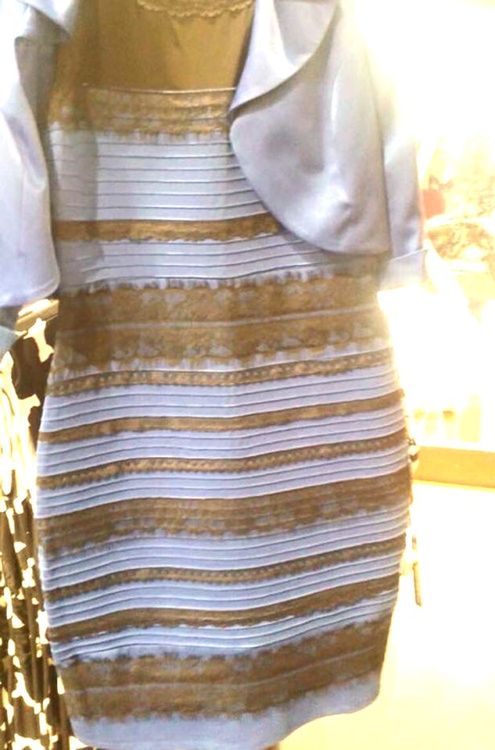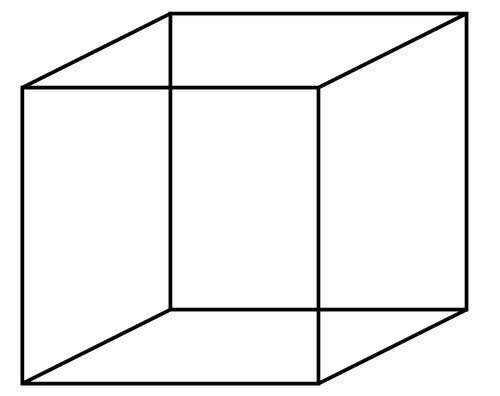
Damion Searls on the Swiked Dress and Color Perception
What is a color?
Something closer to the core of our selves than most of us realized, for one thing. You may have seen a certain blue-and-black / gold-and-white dress online not too long ago… Other people seeing it the wrong way seemed totally incomprehensible and impossible: they must be lying, or crazy. Taylor Swift nailed it: “I feel like it’s a trick somehow. I’m confused and scared.” Almost everyone is less indifferent to color than they think. Most botanists and zoologists “make so little account of color,” Henry David Thoreau pointed out a hundred and fifty years ago, “because it is so insignificant to them; they do not understand it. But the lover of flowers or animals makes very much of color. To a fancier of cats it is not indifferent whether one be black or gray, for the color expresses character.” It turns out we are all fanciers, all lovers.
So eventually, out of the gazillions of pictures on the web, there would someday be a perfect optical trick, and a Scottish musician user named Swiked happened to post it. How perfect that swike is Scottish for “trick, deceive, betray”—the Swiked dress swiked us. As with the famous duck-rabbit drawing and the Necker cube (the line drawing that juts 3D along one diagonal or another),you can perceive only one version of the image at a time. It isn’t blurry or multiple: you can’t see both at once. The dress locks you in more fully than the cube: it is harder (impossible for many people) to switch perspectives, to recognize the image as ambiguous at all. And, not coincidentally, it’s an illusion not of shape, but of something much more emotionally powerful: color.

Necker cube, a line drawing with no depth cues.
Here, by the way, is how you can switchhow you see the dress. I saw gold and white, and couldn’t understand how anyone
could see it differently. But go to the best infographic on it, from the NY
Times, which simplifies the colors to solid stripes and explains how each way of seeing the dress perceives the lighting. Scroll down to the three sets of
bars, and cover the ones on the left with your hand. Look only at the one on
the right, and try to see it as a picture of dark blue bars washed out by a
bright light on the top left, not as lighter bars with a shadow on the bottom
right. See the alternate bars as naturally black, not yellow. Stay there a
while. Then scroll up to the bottom fifth of the image—it...
You have reached your article limit
Sign up for a digital subscription and continue reading all new issues, plus our entire archives, for just $1.50/month.
Already a subscriber? Sign in




